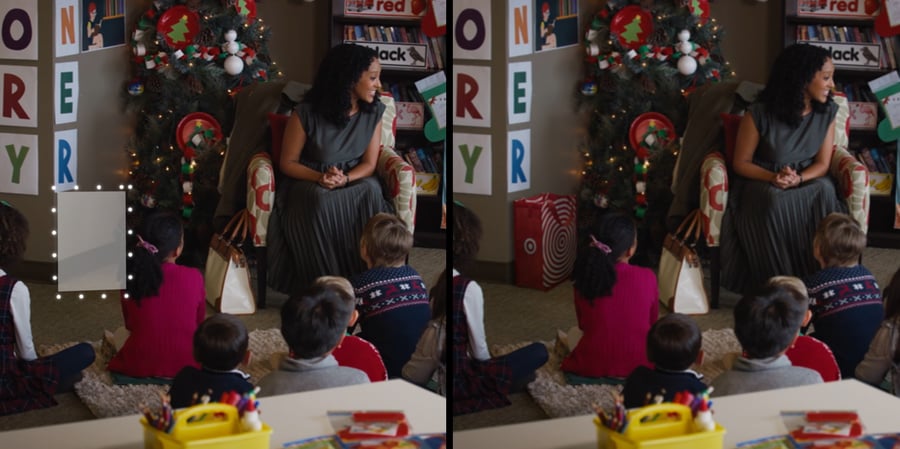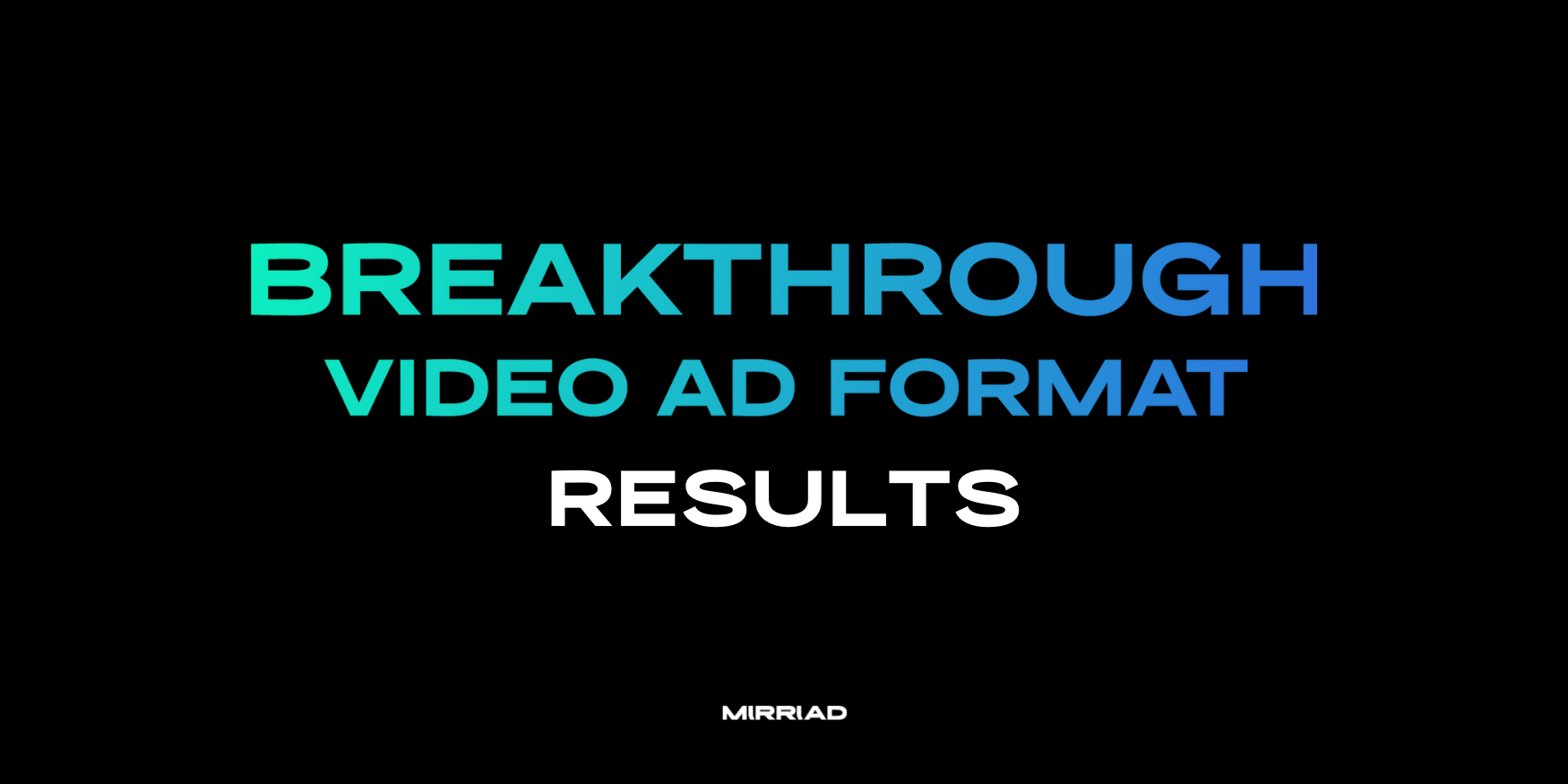Voices from Mirriad: Written by Maria Teresa Hernandez
Madison Avenue's commitment to Black-owned media is going strong in 2023. But scale is the biggest challenge advertisers are up against.
With major holding companies doubling down on their investments, powered by widely publicized initiatives like Dentsu’s Economic Empowerment Offering and GroupM’s Media Inclusion Initiative, aimed at combating inequities within the investment of media buying, one common refrain is that there’s not enough inventory to go around. Although more than 40% of the US population identifies with a race or ethnic group other than white, according to the 2020 US Census, Black-owned media represents less than 1% of the total inventory available across TV and digital.
However, this isn’t to say the content doesn’t exist. Brands must look beyond traditional media types and ad formats to reach and engage this important audience.
Virtual Product Placement (VPP) is a great place to start. VPP uses AI-powered digital effects to insert brands into targeted TV, digital, film, music, and influencer content after it’s been filmed, instantly creating thousands of hours of new ad inventory to fill the supposed gap. To take it one step further, Mirriad has launched a new business unit called the Multicultural In-Content Marketplace, dedicated entirely to diverse media inventory, and more specifically Black-owned and Black-Targeted. To add support to this rapidly growing marketplace, Kantar recently released a whitepaper highlighting consistent results over a three-year study of virtual product placement, which also proved that across the board Multicultural audiences are even more receptive to VPP than non-Multicultural.
Knowing that Multicultural audiences are more receptive to VPP, brand loyal, and spend more time watching video content than other consumer segments- this creates a massive opportunity to build loyalty among this desirable audience.
So, let’s take a deeper dive into the platforms and content opportunities available for virtual product placement…
TV AND VOD
With the ability to access upcoming linear and CTV programming, virtual product placement allows for brands to show up in the first run and hit reruns across a variety of creative formats that go beyond the traditional product placements we’re often familiar with.
This means a brand like Target can insert a variety of creative assets into contextually relevant scenes; for instance, a billboard in a street scene, a storefront, or perhaps their TV commercial playing on a large screen next to the lead characters in your favorite show. These new ads are proven to be popular with viewers with 81% liking the format, and preferred 7x more than TV spots. And, the research validates the ROI in cultural programming with consistent lifts in ad awareness, proving diverse audiences appreciate when their favorite brands show up in their favorite programs.
PROGRAMMATIC
New advancements are coming to VPP every day. There is now the ability to programmatically serve Virtual Product Placements to specific audiences just like any other digital ad format. Companies like Procter & Gamble are using programmatic to reach multicultural audiences and support diverse publishers but face a lack of inventory among multicultural publishers. Adding virtual product placement inventory into the programmatic ecosystem means media dollars can automatically flow through the pipeline to support multicultural content. In this example, brands can leverage a variety of brand creatives that would be dynamically served by demo and geographic targets, supercharging their reach across multicultural media.
MUSIC AND INFLUENCERS
With the dominance of social media and influencers, it’s no surprise that many Black Americans aged 18–49 say that they see influencers as “trusted sources” and consider buying the brand or service they’re promoting. Music videos are equally powerful in offering massive Black viewership. Mirriad’s always-on music video dashboard gives brands easy access to music videos like never before.
With the VPP format, advertisers can automate their access to upcoming releases and planned social content (simply accept or reject mocked-up scenes) without ever needing to have products on set. And video watchers love the format.
So as advertisers are looking for new ways to scale media budgets to reach multicultural audience segments and meet DE&I objectives, they should consider new opportunities via VPP to engage audiences using a format and environment that they prefer.



.png)